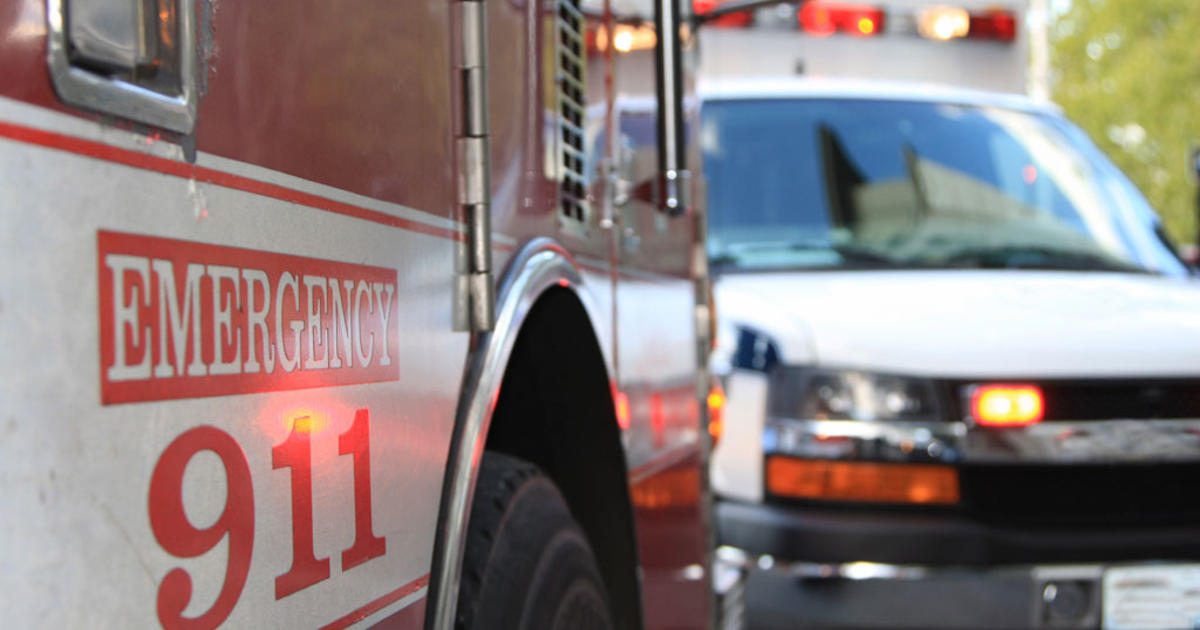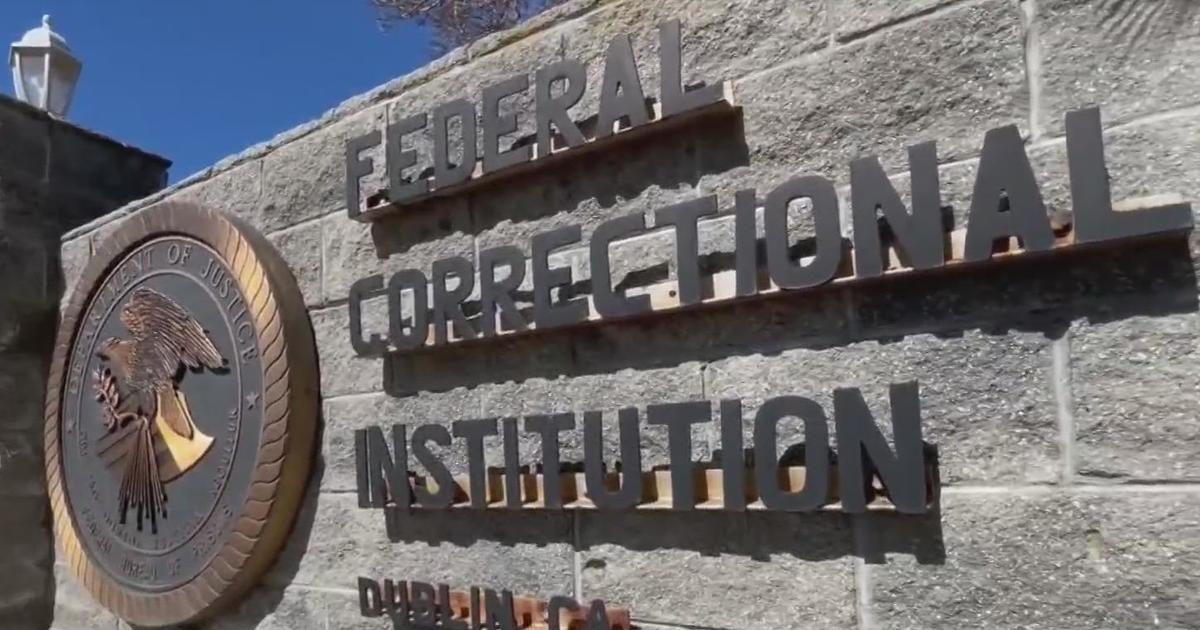State Roadkill Report Identifies I-280 As State's Deadliest Highway For Animals
DAVIS (CBS SF/AP) — A new report detailing thousands of roadkill incidents on California highways over a decade found that Interstate 280 between San Bruno and Cupertino was California's deadliest highway for animals.
The study by the Road Ecology Center at the University of California, Davis is based on more than 44,000 California Highway Patrol traffic incidents involving animals between 2009 and 2020. Also included are more than 65,000 reports from members of the public via the California Roadkill Observation System phone app.
The center mapped about 15,000 miles of state roadways to identify stretches where wildlife-vehicle collisions are most likely to occur. It noted that tens of thousands of mountain lions, bears, bighorn sheep, squirrels, birds and lizards have met their fate in collisions with vehicles across California,
The report names I-280 as California's deadliest highway, with five of the the top-20 "hot spots" are along the freeway, costing the state about $5.8 million annually — or about $178,400 per mile per year — in damage and cleanup costs, researchers estimated.
In the past five years, collisions between wildlife and vehicles cost the state an estimated $1 billion, based on highway patrol reports and crash data from the U.S. Department of Transportation, the study found. When including accidents reported to insurance companies but not to police, estimates rose to $2 billion for the years 2016 through 2020, according to the report.
More than 400 animal species were involved, including amphibians, birds, mammals and reptiles. Mountain lions and black bears are most vulnerable to traffic collisions because they often cross highways amid shrinking habitat. Between 2016 and 2020, more than 300 cougars and 557 black bears were reported killed on roads, the study found.
One of the largest rates of roadkill reported for any wildlife species in the world occurs each year in Santa Clara County, south of San Francisco, the report said. Pacific newts cross Alma Bridge Road while migrating from a forest to Lexington Reservoir, then return after reproducing. Along the way, up to 5,000 newts are killed each winter and spring by vehicles, the research showed.
"These findings illustrate the tip of the iceberg of ecological and economic impacts that wildlife-vehicle collisions cause for California," said Fraser Shilling, the study's lead author. "We need the Legislature to step in and help the good folks in transportation to fence the conflict hot spots and build many more wildlife crossings."
Dedicated bridges for animals to cross highways are the best way to alleviate the problem, researchers concluded. Alameda County, east of San Francisco, is exploring potential sites for such spans. In Southern California, groundbreaking is expected next year for what would be one of the world's largest wildlife crossings, over U.S. 101 northwest of Los Angeles.
"The advantages to building more wildlife crossings couldn't be more obvious. They help make roads safer for drivers and passengers while giving animals a way to roam and thrive," said Tiffany Yap, senior scientist and wildlife connectivity advocate at the Center for Biological Diversity.
© Copyright 2021 The Associated Press. All Rights Reserved. This material may not be published, broadcast, rewritten or redistributed.



